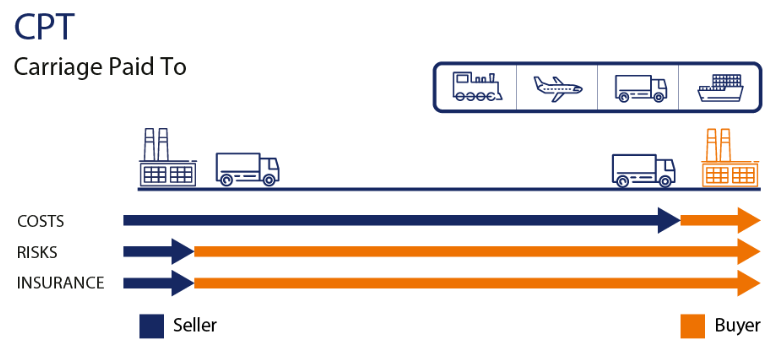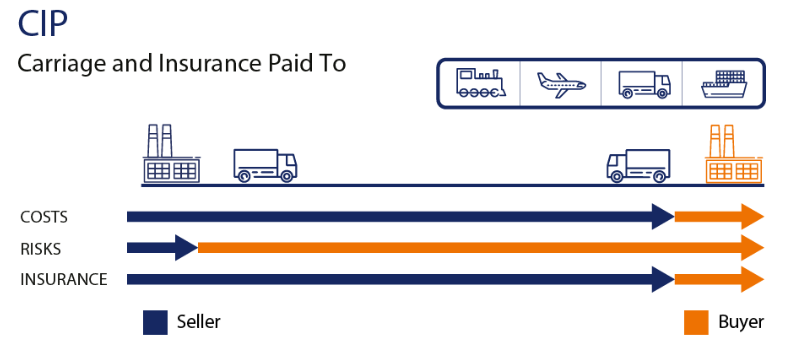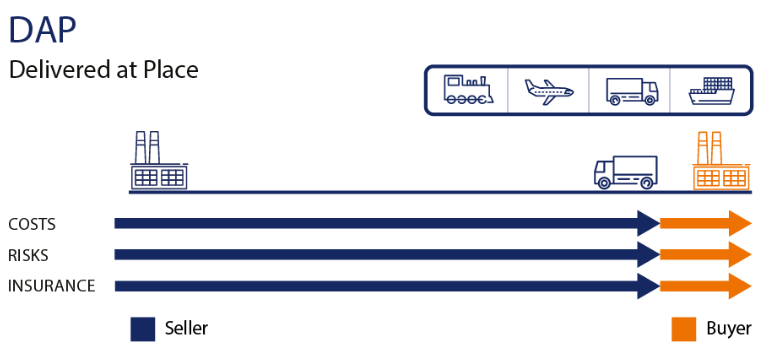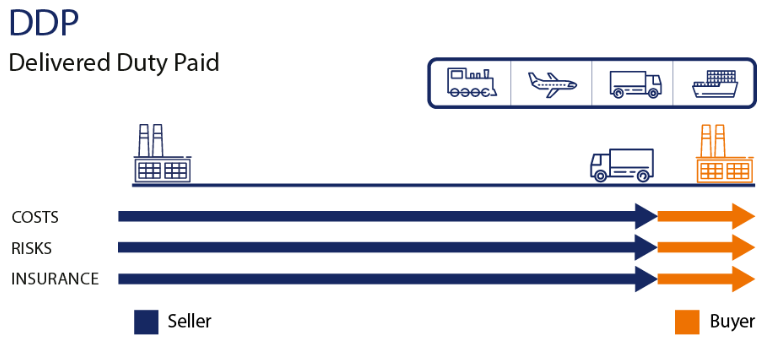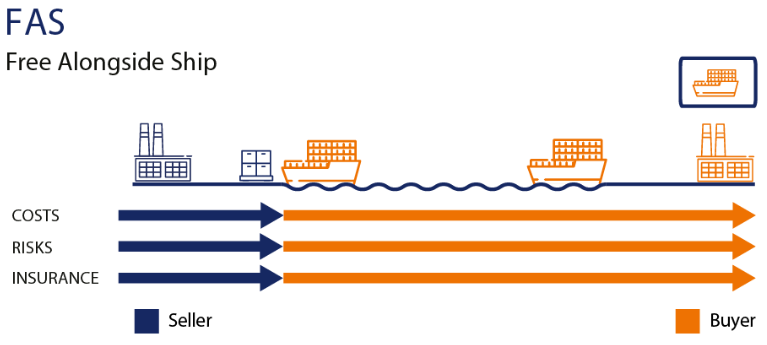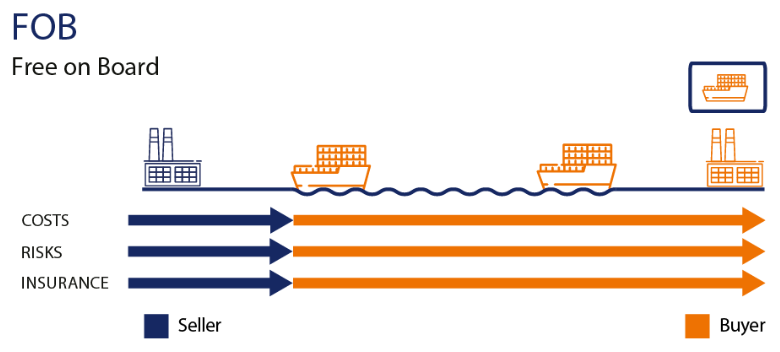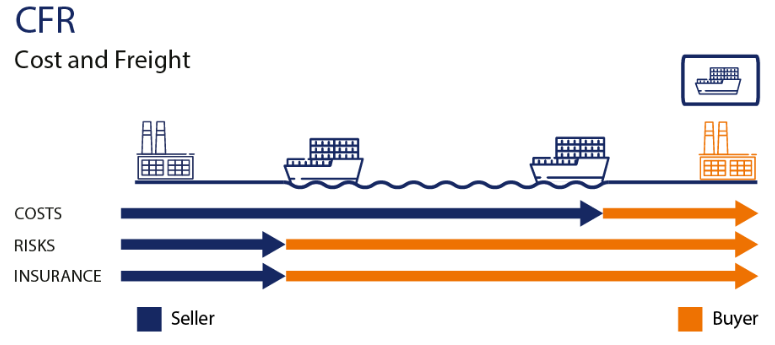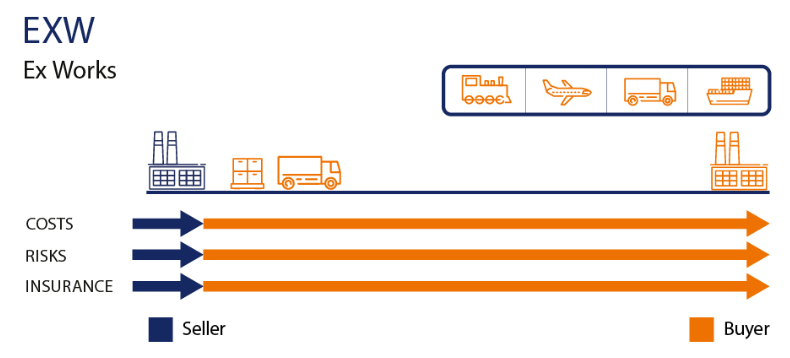
EXW
EXW (Ex Works) is an Incoterm that describes the seller’s minimum obligation to make the goods available at their premises, usually a factory or warehouse. The buyer is responsible for all the costs and risks associated with loading the goods onto a truck and transporting them to the final destination.
The following are the steps involved in an EXW transaction:
- The buyer and seller agree on the price and terms of the sale, including the delivery location and the date of delivery.
- The seller prepares the goods for pickup at their premises and makes them available to the buyer.
- The buyer arranges for transportation, insurance, and any necessary export documentation.
- The buyer loads the goods onto a truck and transports them to the final destination.
- The buyer is responsible for any customs duties, taxes, or fees associated with importing the goods into their country.
- Once the goods are delivered to the final destination, the buyer assumes all responsibility for the goods, including any damage or loss that may occur during transit or while in storage.
Overall, in an EXW transaction, the seller has the least amount of responsibility and risk, while the buyer assumes most of the responsibility and risk associated with the transaction.



